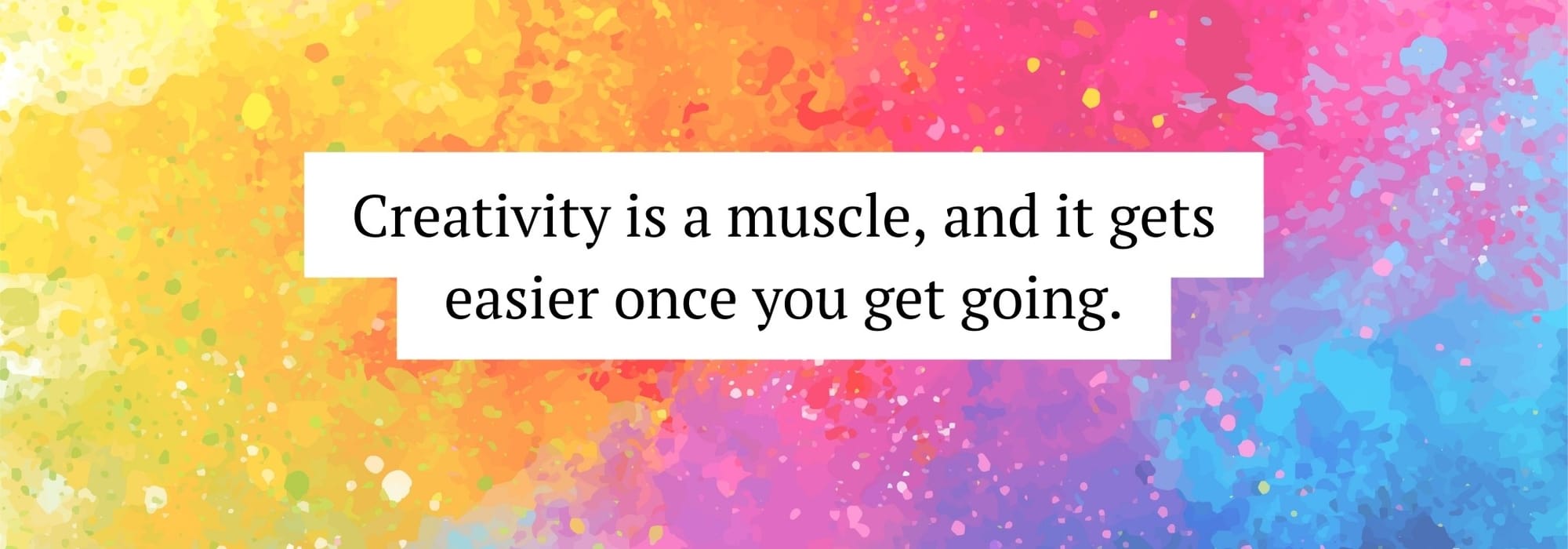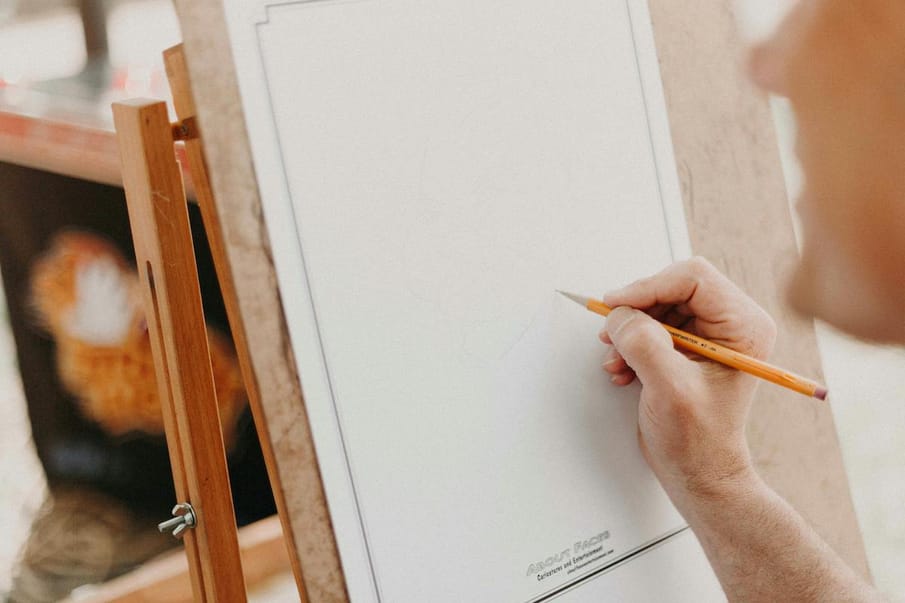Keeping up your creativity is easier said than done, and when you find yourself in a dip, it can feel difficult to get back on top – but it’s not impossible
I’m sitting at my desk, staring at a blank Word document, hoping my fingers will start typing and a brilliant story will appear on my screen. Even though I feel fortunate to usually be full of ideas, I still face creative blocks – times when the blank page is daunting, or I feel uninspired.
Whether it’s composing a song or concocting a new recipe, creative blocks are common. We might find ourselves struggling to come up with ideas, or to make a start on a project. But, fortunately, there are steps we can take to break through them.
Why do we experience creative blocks?
“The concept of creative blocks is much like performance anxiety: we’re consumed with rumination and anticipation before we’ve even started, but once we’ve made some progress, that feeling of being stuck often reduces or disappears altogether,” counsellor Caroline Misselbrook tells me. “We all have a voice within, the ‘inner critic’, that can either be compassionate and motivating or, more likely than not, harsh with unreasonably high expectations.”
This inner critic, Caroline explains, absorbs messages around creativity, whether from family, society, or education. “This part of us becomes more dominant when we are feeling anxious, faced with the blank page or before tackling any new project,” she says. “It’s as if this part of us is sitting in the driving seat making sure we don’t put a foot wrong to avoid any further criticism or embarrassment. There’s no room for mistakes or imperfections when this part is in charge, so we end up feeling frozen.”
Other emotions or beliefs can lead to creative blocks, too. “Perfectionism can be a way of people-pleasing, and avoiding conflict or a negative reaction from other people – perhaps you received abuse when you made a mistake, or were only ever praised when you got things 100% right,” says Caroline. “Our inner critic will berate us with the harsh words it’s learned to make sure we stay in line and aim for perfection when it comes to what we create, how productive we are, and the quality of our ideas. If it looks like we’re not going to achieve what it wants, then we are more likely to give up at the first hurdle. This negative self-talk quickly drains our self-esteem. If we feel insecure, we may not feel safe to express ourselves through art or craft.”

Working with our inner critic
Caroline recommends that we work with our inner critic by teaching it more compassionate ways of speaking to us.
“We must identify its comments as something separate from ourselves, as ‘thoughts not facts’,” she explains. “The best way to do this is to imagine whether you would say the same things you say about yourself to a loved one. It’s unlikely that you’d say: ‘You’re not good enough, what a failure!’ Then we can think of a kinder response such as: ‘You’ve learned so much from this, what do you think you’ll do differently next time you have a go?’”
Caroline also recommends trying creative exercises that force us to make mistakes and get in touch with our inner child. She explains: “In workshops, I often go through different activities that require students to scrunch or rip up their drawings, vandalise the work of the person next to them, use materials they’ve never tried before, make marks with their opposite hand, draw with their eyes closed, and then reflect on elements of the results that they find interesting. Often the best ideas are generated through this sort of liberating play and, in the process, we are convincing our inner critic that it’s safe to make mistakes, and undoing the messages that it’s been programmed with.”
Fill your creativity cup
Caroline recommends trying other creative and mindful activities to help reduce anxiety, boost your self-esteem, and fill up your ‘creativity cup’.
“It could be singing along to your favourite music, doing some weeding, growing something from seed on your windowsill, going out for a walk in nature, baking, cooking, redecorating, writing, reading, crafting, taking photographs on a lunchtime stroll, or having interesting conversations with friends,” Caroline says. “Perhaps a friend, family member, or colleague has a project they could use your input on, or you might find it useful to talk to them about your creative blocks and see if you can be accountability buddies.”

When to get support
Sometimes, creative blocks can be a sign that we’re struggling with our mental health. “We may be feeling more anxious or depressed and as though our inner critic has taken the driving seat with lots of negative self-talk and low self-esteem,” Caroline explains. “This self-doubt and feeling of being stuck we experience, could be seeping into other aspects of our lives, too, and affecting our hobbies, work, and relationships.” If this sounds familiar, you might like to look at getting support.
Facing the blank page
Faced with the blank page, I tell my inner critic that this doesn’t have to be perfect, and that I can go back and edit my words later.
Next time you’re feeling a creative block, remind yourself that it’s OK to just get something written, or painted, or crafted – that you don’t need to share it with anyone, that it’s about making a start. I’ve found that creativity is a muscle, and it gets easier once you get going.
I return to the Word document, and rather than searching my mind for a brilliant first line, I just start typing. Soon the words are flowing, and I am enjoying being creative.


Comments